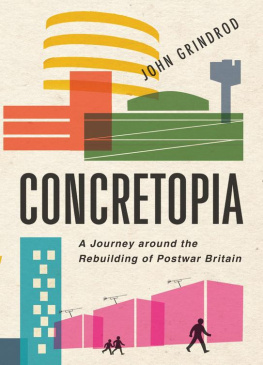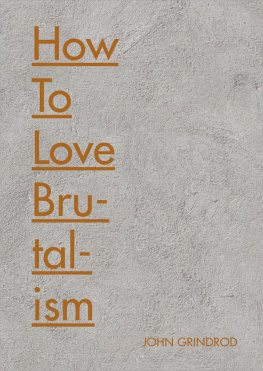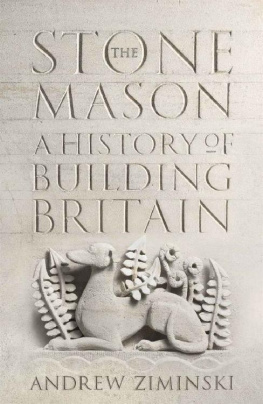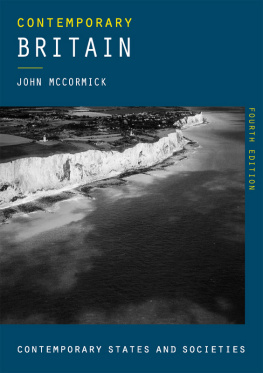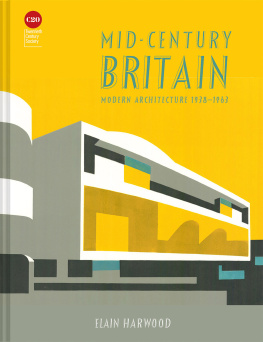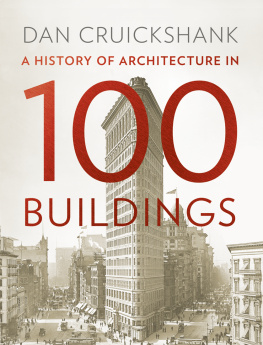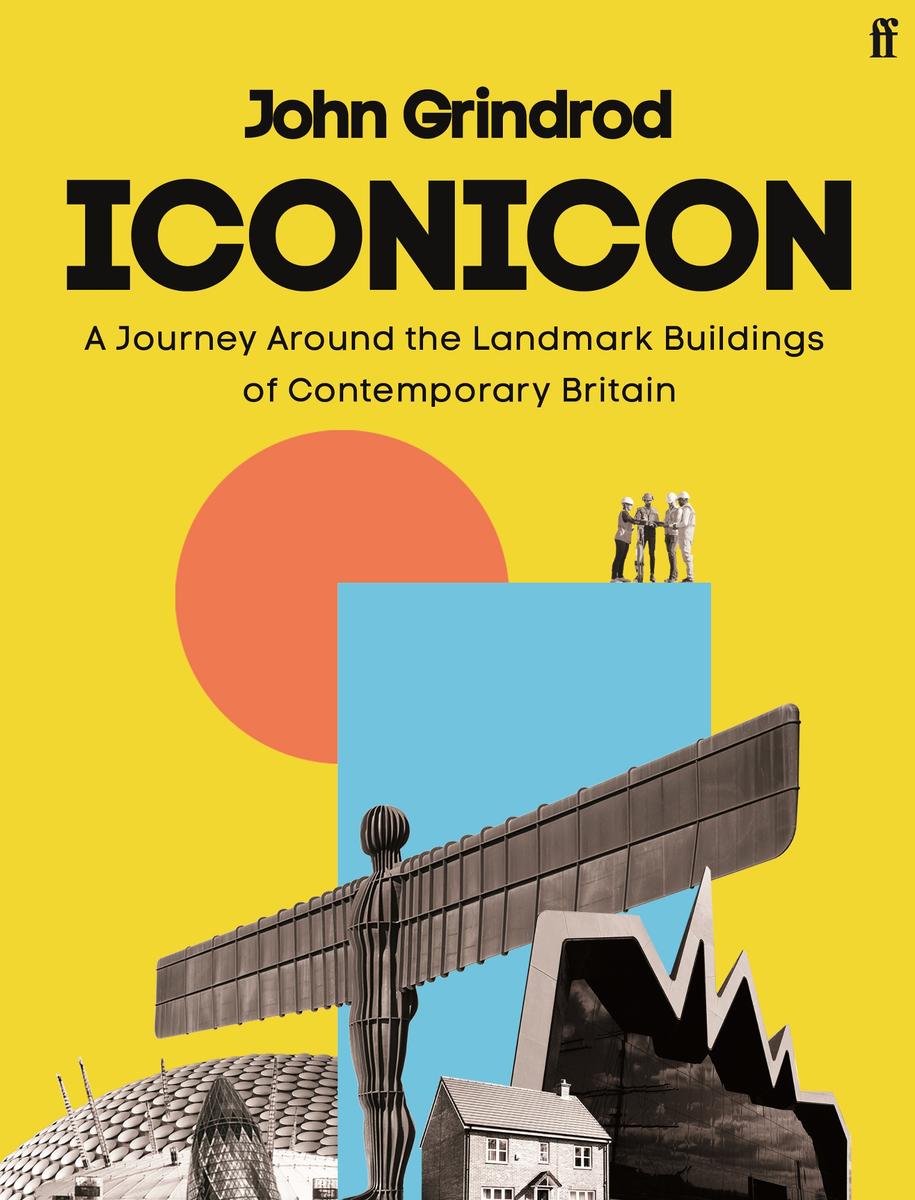High on the urban motorway, among wastelands, urban dereliction and the darkened hulks of Industrial Revolution warehouses, rolled the gleaming white Triumph saloon. Beneath cranes and high-rise towers it ran, as wild jazz guitar and screaming brass urged it onward.
This is a film for people.
About the city they live in.
And how the city is changing for the people.
This could have been the hollowed-out ruin of 1970s New York or London, a glimpse of the wide collars and violence of The French Connection and The Sweeney to come. But the city was Glasgow, the year 1971 and this was, somewhat confusingly, the opening sequence of a film called Glasgow 1980.
If visions of the future from the past are your thing, then Glasgow 1980 is the film for you. Commissioned by the city corporation, this half-hour rush of grainy celluloid holds a glimpse of what planners and politicians thought possible in the decade ahead. Director Oscar Marzaroli was better known as a gritty street photographer, the Diane Arbus of Glasgow. Hed been recording the citys dramatic post-war turmoil in silver gelatin prints since the early 1960s, capturing with bleak realism the people, the sites, the change. And so Glasgow 1980 has none of the cheery gloss of contemporaneous promotional efforts made to sell new towns or petrochemical industries. Instead, here is the disturbing sight of a city eating itself.
Like the bankruptcy of New York, or the collapse in population of London (down two million since 1939, partly thanks to the building of new towns and the demolition of old housing), Glasgows story in the era was one of industrial decline, social decay and disruptive renewal. When the narrator speaks of difficult but necessary change, his words could be prefiguring Norman Tebbits onyerbike Tory party conference speech of 1981. This was society, before there was no such thing as it. The eighties as foreseen in Marzarolis film is a world of streamlined progress, computerisation, new motorways and modern housing. As a child, 1980 felt and still feels to me an impossibly futuristic year. After all of that corduroy, concrete and chaos, it would be silver, sleek and sophisticated.
Yet when 1980 did eventually come around, it wasnt really like that at all. Another documentary photographer, Raymond Depardon, helped illustrate the reality of Glasgow in a photoessay for the Sunday Times Magazine. Much as Marzarolis photos had caught kids playing in the filthy and dilapidated tenement yards of the 1960s, Depardons find small girls pushing dolls in prams over waste ground and rubble, drunks sitting in a burned-out lot beside a flat-roofed pub, mothers wheeling infants past high-rise blocks, and, to complete the circle, homeless people pushing their belongings in prams. Marzarolis photos feel unsentimental but Depardons are deliberately provocative, objectifying rather than empathising with their subjects, presenting the city as an alien world for others to gawp at, a Star Wars cantina for the urban romantic.
Glasgow Central, then Britains smallest constituency, faced a by-election in June 1980. Labour candidate Bob McTaggart broke with his partys narrative of the recent past, acknowledging that the councils standard housing policy to raze whole districts under comprehensive development powers had been unpopular with many. Instead of the less invasive strategy of rolling repairs to the existing fabric, these well-intentioned but radical interventions caused widespread displacement. Long-term tenants either remained in crumbling council homes as their local amenities dwindled or were pushed out to new towns or huge new estates on the periphery of the city. Some simply became homeless. McTaggart wanted his prospective new administration to change tack, to renovate existing tenements rather than constantly wiping the slate clean. With a homeless population of a thousand in this small constituency and a network of nine hostels to look after them, the continued demolition of Victorian tenements seemed a bleak symbol of failure. Meanwhile, Labour party workers in the election campaign were finding it tough to track down prospective voters in new, radically remodelled districts. We go out canvassing or leafleting to this street or that and suddenly find its been knocked down, one party worker told the Guardian. Its just impossible to trace all our supporters. A resurgent SNP were snapping at their heels in this Labour stronghold, foreshadowing a reckoning to follow many years later.
Life had changed considerably for the film crew of Glasgow 1980 by the time that decade rolled around. Director Oscar Marzarolis reputation rose so high that a series of coffee table books were produced celebrating his work, images so famous they would spill over onto record covers. Meanwhile, Bill Forsyth, Glasgow 1980s editor, was directing a pioneering indie romcom in the Glasgow overspill new town of Cumbernauld. He and the young cast of Gregorys Girl had no idea it would set them on a path to becoming Scottish national treasures.
*
The post-war period from 1945 to 1979 had seen many changes to Britain, as much to correct the problems thrown up by the Industrial Revolution as from the Blitz. Chief among these changes was the creation of the welfare state, ushering in huge improvements to the way we lived. The NHS, new schools and council housing all helped aim for a more equal society, with millions soon able to benefit from modern hospital treatment, a less hierarchical education system and the joys of indoor toilets and mod cons in the home. It came from a relatively stable period of politics, born from wartime co-operation. Both Conservative and Labour parties engaged in a bidding war to promise ever greater numbers of homes built, whether council or private. To ease overcrowding and modernise the way we lived, 28 new towns were built between 1946 and 1976. Slum clearance programmes changed the face of our big cities. Britain imported designs for slender high-rise towers from Sweden, rough concrete brutalist slabs from France, slick shopping malls from the US and rational motorway planning from Germany. Glasgow 1980 showed the incongruity of the results, with the Queen Mother standing bravely in the centre of a ten-lane urban motorway snipping a ribbon on the citys vast new Kingston Bridge, dressed as usual in the manner of a Beatrix Potter hedgehog. None of this went smoothly. There were increasing protests against major town planning schemes. A brand new high-rise block in East London called Ronan Point partially collapsed in 1968, caused in part by contractors cutting corners to hit targets. And the oil shocks of the early 1970s killed off many major new schemes. An elderly generation of modernists handed over their grand visions to a rebellious cohort who sought to dismiss those epic schemes in favour of something lighter on its feet, less monumental, more playful, less civic and more privately financed. A sequel to Glasgow 1980 was scrapped in 1977 after Marzaroli had shot several reels of film. Glasgows Progress was dropped because there seemed to be no end to the upheaval.
I can sympathise with that. In attempting to write about the places we built in Britain from 1980 to 2020, a line from Alan Bennetts play about the 1980s, The History Boys, kept coming to mind: that history is

